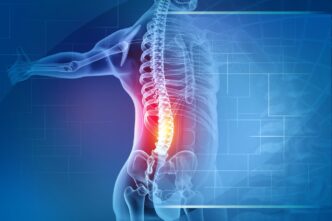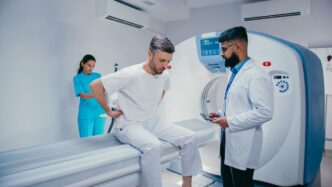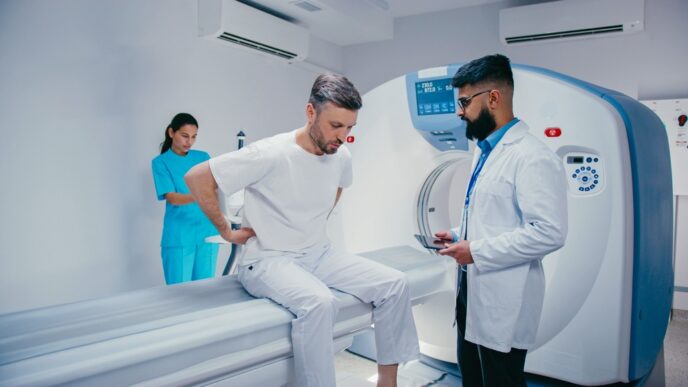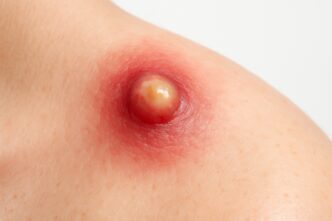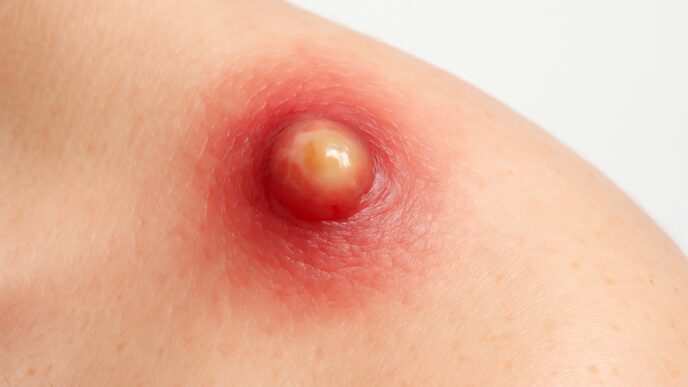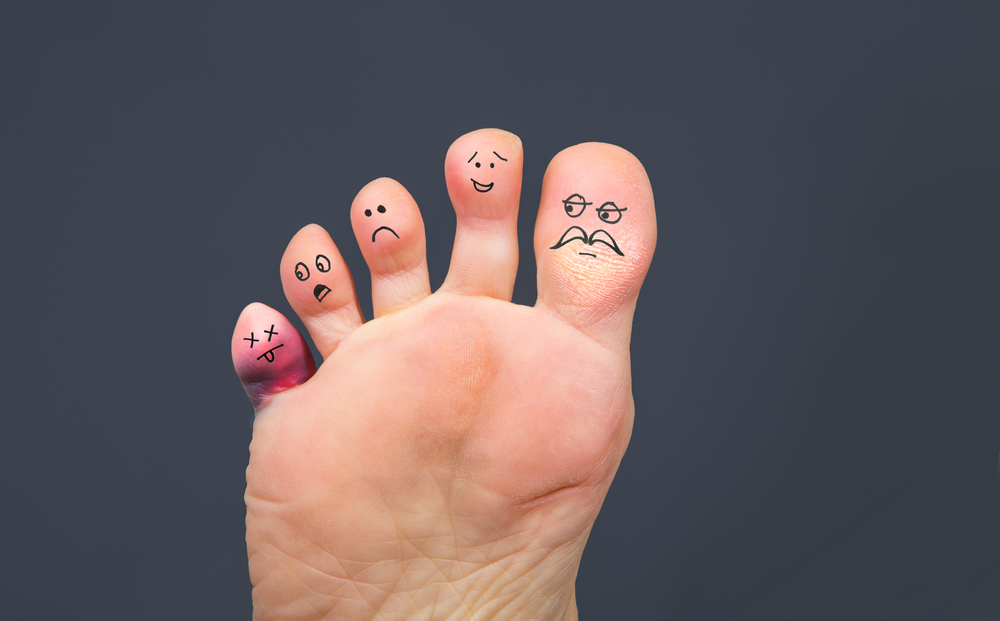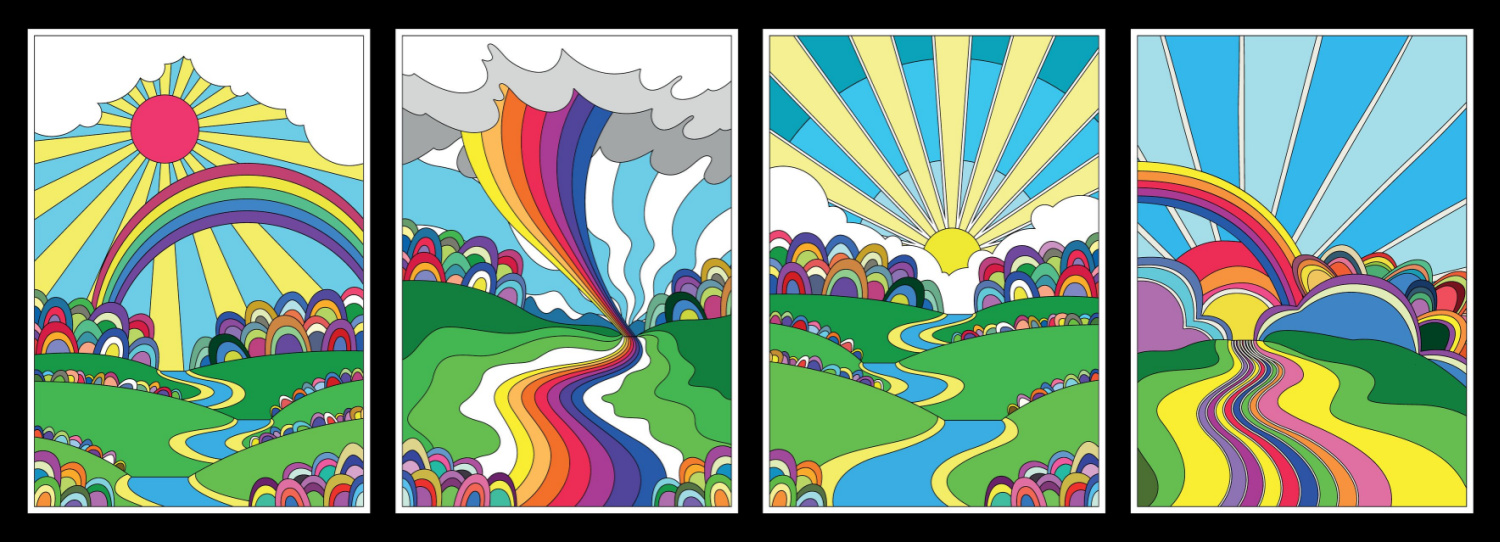Scoliosis, an abnormal sideways curvature of the spine, can appear at any age and often goes unnoticed until it causes visible posture changes or discomfort. To help separate fact from misconception, Dr Wong Chung Chek sheds light on how scoliosis comes to be, how it’s diagnosed, and the treatment options that can help patients maintain strong, healthy spines.
WORDS DR WONG CHUNG CHEK
 FEATURED EXPERT FEATURED EXPERTDR WONG CHUNG CHEK Consultant Orthopaedic and Spine Surgeon ALTY Orthopaedic Hospital |
FACT 1
Scoliosis Is the Sideway Curving of the Spine
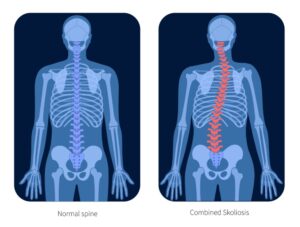
- Scoliosis can develop at any age.
- It most commonly develops during adolescence, when the teenager is undergoing rapid growth and development during puberty.
- People with mild to moderate scoliosis may not experience back pain, so this condition may not be noticeable to the eye. This means that the person’s scoliosis may go untreated for a significant amount of time.
You may have scoliosis if:
|
FACT 2
Untreated Scoliosis May Cause Severe Harmful Events Later on in Life, If the Curve Is of a Certain Magnitude
These complications include:
- Breathing difficulties
- Heart problems
- Persistent or chronic back pain
- Osteoarthritis
Children with noticeable scoliosis may also become self-conscious about their appearance, and this may affect their self-esteem and confidence.
FACT 3
Screening Can Be Useful to Detect and Treat Scoliosis Early
- One can go for scoliosis screening at any age.
- Given how scoliosis most commonly develops during adolescence, children between 10 and 15 years old may especially benefit from such screening.
The screening process is simple, painless, and quick.
- The person first stands in a relaxed position, arms by the side, as the doctor conducts a physical examination of their back.
- Then, they will bend forward until their spine is horizontal.
- The doctor will then examine the patient for possible signs of scoliosis, such as one side of the back appearing higher than the other side.
- If the person is suspected to have scoliosis, they will be asked to go for an X-ray, for further confirmation.
FACT 4
There Are Several Treatment Options for Scoliosis
- There are many factors to consider when considering the type of therapy most appropriate for an individual, including age of the person, severity of the condition, the location of the curve, whether there are other existing health conditions or syndromes, etc.
- For scoliosis in a child or adolescent, the doctor will usually monitor the progress of the condition and only recommend treatment once the spine is fully grown.
- People with mild scoliosis may need physical therapy, while in other cases, the doctor may prescribe the wearing of a scoliosis brace to keep the person’s scoliosis from becoming more severe.
- People with severe scoliosis may require surgery.
| This article is part of our series on conditions that affect the joints and spine. |

